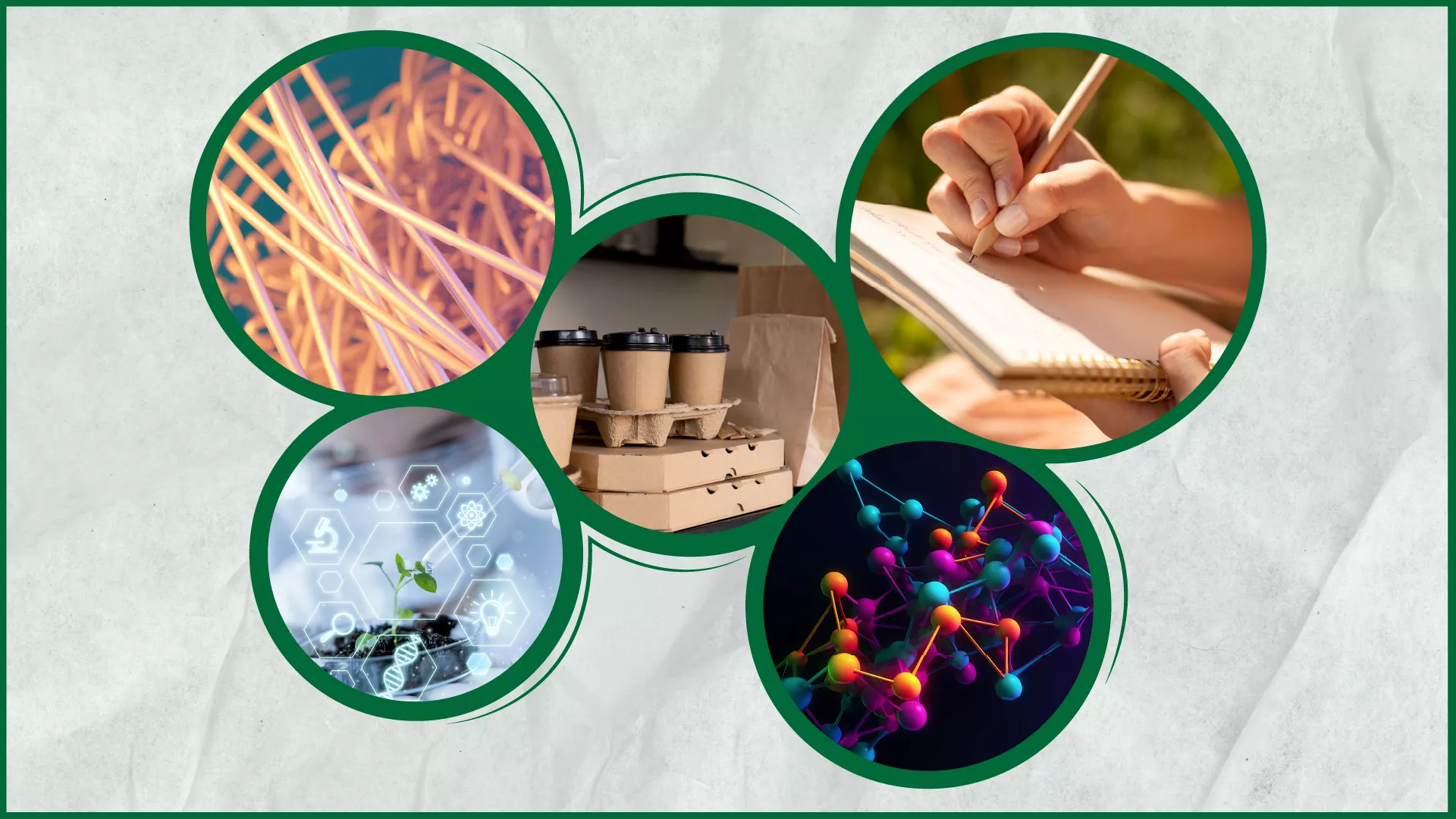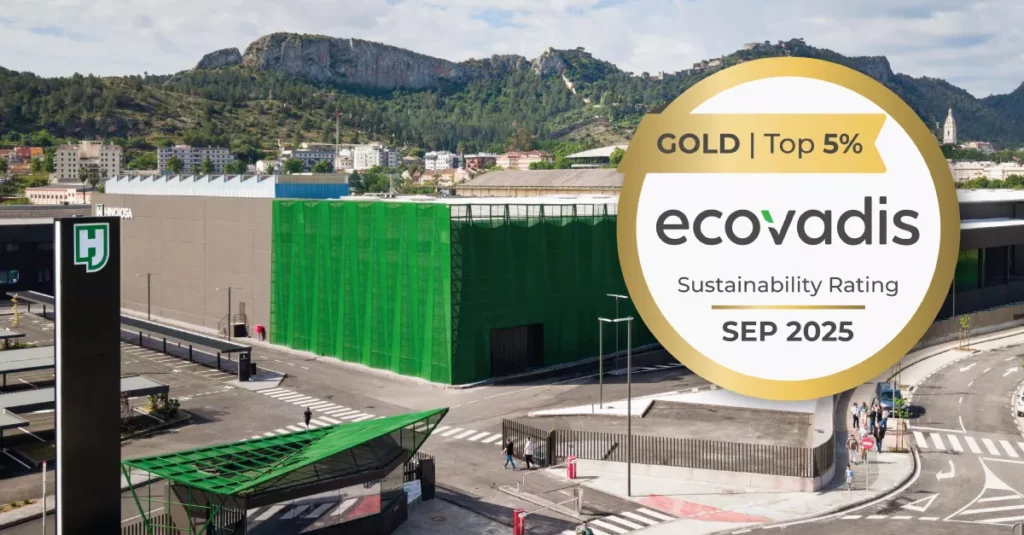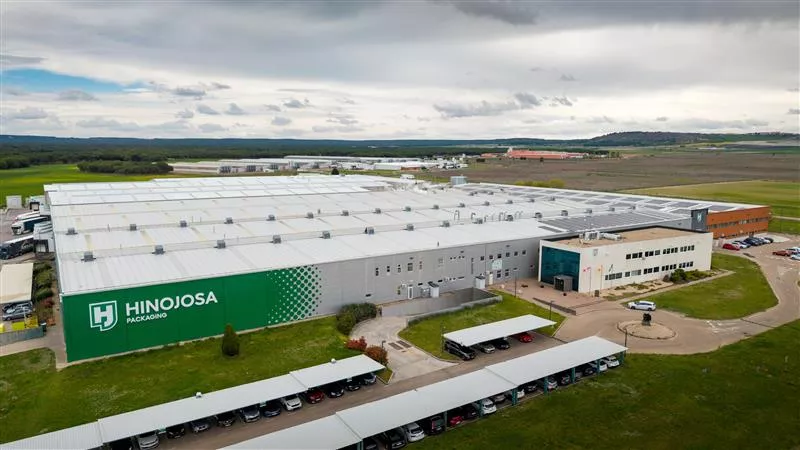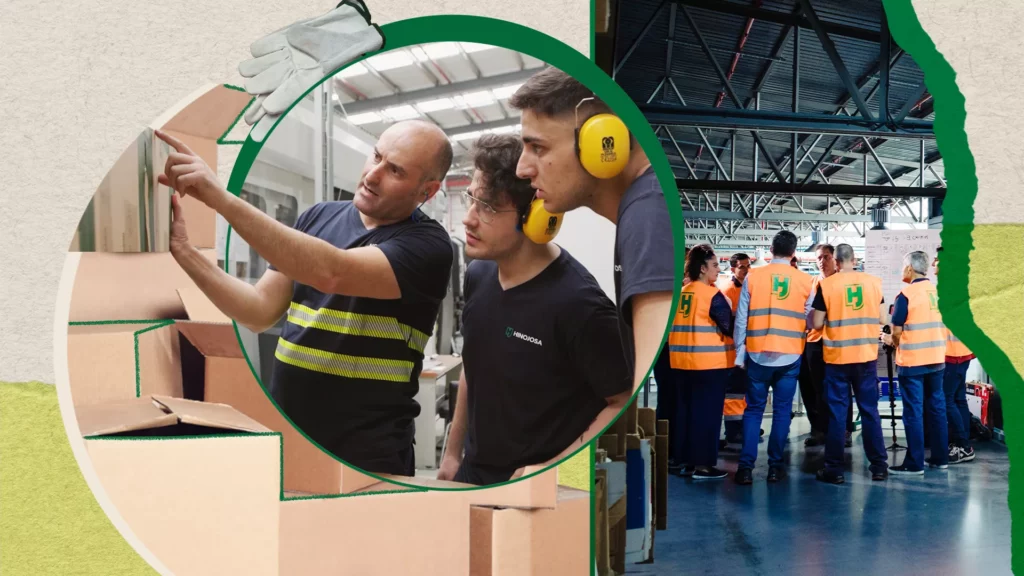We have a market full of different options to suit all tastes and requirements. As consumers, this widens our possibilities to choose, and today, more than ever before, we look for natural, recyclable, low carbon products… ultimately, products that meet our needs without harming the environment.
This public movement is, to a large extent, the reason why packaging is undergoing continuous transformation to become more sustainable, and this happens, most obviously, through the use of paper and cardboard. According to the analysis and conclusions drawn by Cuadernos de papel launched by Aspapel, these are some of the trends that define the present moment and point to the future of the sector.
Cellulose fibres from new natural sources.
Cellulose is abundant in nature and can be obtained from very diverse renewable sources. As well as having its origin in wood, the paper industry today is also using fibres from milk, grass, leather, and cocoa and hazelnut shells.
Innovative materials and designs in packaging
Packaging has an ever-growing importance in consumers’ purchasing decisions and now incorporates the functions of communication and protection that are becoming continuously more sophisticated. With innovative designs and connectivity solutions, paper and cardboard packaging is the sustainable answer to the new demands of the market. The options are becoming more and more innovative: packaging for electronics products with protective wings, sophisticated anti-humidity treatments, cardboard pallets, boxes designed for online purchases, the disappearing cement sack… the list is almost infinite.
New solutions for daily life
To make life easier and more comfortable, the paper industry is developing new products with innovative features that can substantially improve our daily lives. Some examples include toilet paper that cleans the pipes, a container that chills champagne or cava, cardboard with a layer of active carbon to absorb odours and protect against non-desired substances, and biodegradable wet wipes.
Biocomposites
Paper is the perfect natural and renewable substitute for petroleum-based materials. In a context moving towards the reduction of plastics, especially of single-use containers and products, the sector provides solutions in the form of cellulose fibre biocomposites, hi-tech products that are moulded, extruded or assembled from lighter components from a renewable source such as wood.
Printed electronics and nanotechnology
Consumers demand solutions rather than products. In the field of printed electronics and nanotechnology, the European paper industry is already developing innovative solutions such as complete electronic circuits, RFID tags printed on paper, and nanocellulose insulators.



